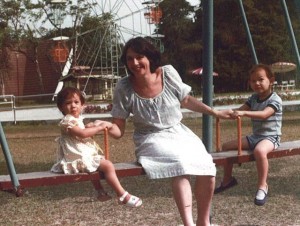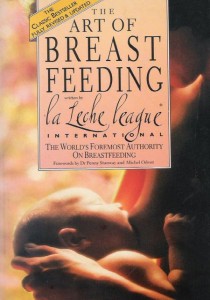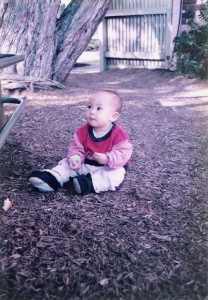First the good news: dyslexics tend to be visual thinkers able to formulate mental concepts faster than other people. They are intuitive problem-solvers and excellent trouble-shooters.
They are usually intelligent and excel in creative vocations like architecture, music, engineering, dance, acting, cooking, sports, strategising and inventions.
Now the bad news: dyslexics have a real problem with making sense of words, which makes school a dreadful place for them because schools rely heavily on reading and writing to convey information and knowledge and to assess intelligence.
Indeed, it is a damning indictment for a school-going child to be dyslexic. And for the parents it is nothing short of stressful.
Because dyslexics look normal in every other respect, they are often wrongly accused of being lazy, stupid, unmotivated, inattentive and difficult.
Thomas Edison, inventor of the light bulb, said of his dyslexia, “My teachers say I’m addled…my father thought I was stupid, and I almost decided I must be a dunce.”
Dyslexic children are frequently plagued with psychological confusion because they cannot figure out why, in spite of their intelligence and the knowledge they have, they just cannot seem to pass exams.
This leads to anxiety and the erosion of self-confidence. “Restoring a person’s self-esteem is truly the most important part of undoing dyslexia,” says Ron Davis, a dyslexic who became a successful businessman, engineer and sculptor, and author of the book The Gift of Dyslexia.
In Malaysia, the number of school-going children afflicted with dyslexia is estimated at 314,000 with studies forecasting that there will be 500,000 children in each generation who will be affected.
Dyslexia is thought to affect between three to five per cent of children in Hong Kong and about 10 per cent of kids in Singapore. In the US, dyslexia is known to affect at least one in every five children.
Early detection is important to ensure that these children get the help that they require.
Since 2000, Hong Kong has adopted standardised assessment tools to identify children with specific learning disability or SLD, which includes dyslexia, and their degrees of severity.
“But we are still lacking a policy to accommodate their special needs,” said Dr Alice Cheng Lai, Registered Psychologist and Associate Professor with the Department of Health Sciences at the Hong Kong Polytechnic University.
Faced with having to cope pretty much on their own, some parents in Hong Kong banded together to form the Hong Kong Dyslexia Association in 1995. The group aims to raise the level of dyslexia awareness and to provide assistance and support for interested parties.
Dyslexia tends to run in families and is thought to have a neurological origin. While in normal folks, the left hemisphere of the brain is slightly larger than the right, in dyslexics both hemispheres are of equal size.
Being a genetic disorder, there is at present no cure for it; only ways of dealing with the problem. An important question for parents to address is: “How does my child best learn?”
Experts warn that premature teaching before a child is developmentally ready may backfire and lead to learning problems like dyslexia.
Dr Lai urges parents to bolster their child’s self-esteem and confidence and to recognise their child’s potential in areas other than literacy in order to help them lead a fruitful life.
As, indeed, many famous dyslexics have done. Often by using their disorder as a catalyst for their success, dyslexics like Pablo Picasso, Winston Churchill, Albert Einstein, Agatha Christie, Richard Branson, Tom Cruise and Jaime Oliver have shown us the way.
Next week we interview Luqman Michel who has been teaching dyslexic children to read for six years now.









